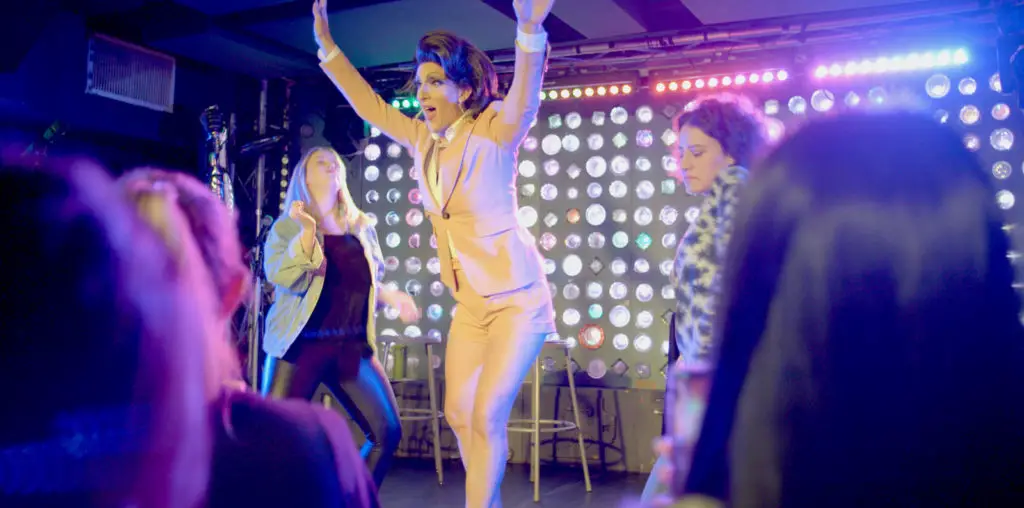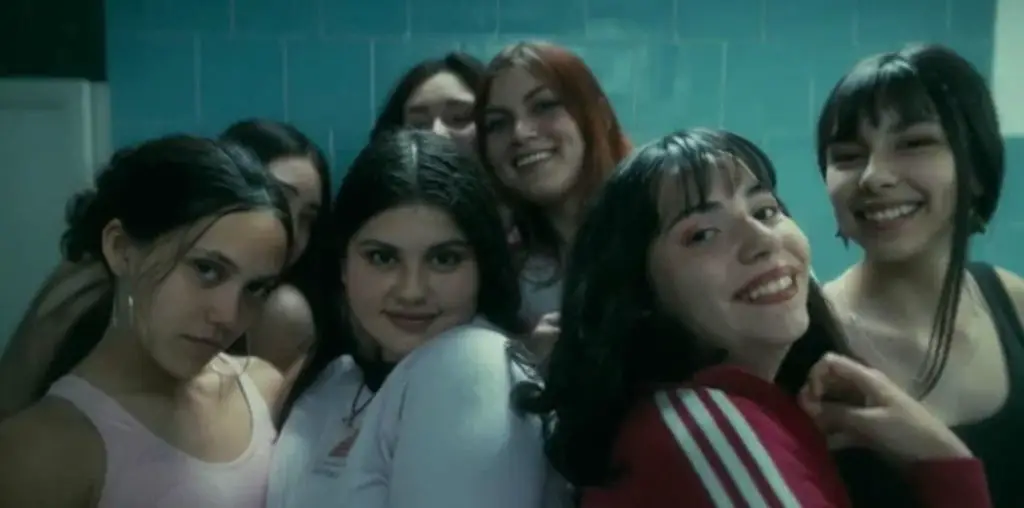
“All fans of NOTLD should be vocal in their distaste at this film which can only be referred to as an abomination.” – Chris Gore
We “Dead” fans have eaten a lot of s**t over the past fifteen years. We had a semi-mediocre remake of “Dawn of the Dead,” the entertaining but less than stellar “Land of the Dead,” the abominable 30th Anniversary re-cut, a painfully awful “prequel” to and remake of “Day of the Dead,” and now two new remakes of “Night of the Living Dead” from two bottom of the barrel companies shambling to stores soon.
Now, I won’t go on again about how treasured “Night” is to me, since about thirty thousand horror geeks have echoed the sentiment already, but I will say that “Night” is the horror film for yours truly, and while I’ll also admit that the Savini remake is a lot of fun and still frantic in spite of the evident lack of intelligence to it, Romero’s original is still one of the most harrowing and horrifying apocalypse films ever made. So now, we have two remakes of “Night” in the coming years, including the often mentioned and frequently lambasted “Night of the Living Dead 3D.”
Almost as a form of mocking the naysayers, “NOTLD3D” begins with the exact opening shot of the original “Night” which then backs away to reveal it’s actually the movie playing on a small television and pans over to the color scenic window of a desolate gas station where our hapless brother and sister drive past to make it to a funeral for their grandmother, where the original title card for “Night” transforms into the title card for this remake.
In this version, Barb (yes, she’s called Barb now) and her brother Johnny happen into the middle of the funeral procession for their grandmother, where sadly, the dead have now risen and ravaged most of their family members, and the desolate funeral grounds have signaled something dire has occurred. Barb and Johnny attempt to make sense of what has happened, up until Johnny is attacked by two roaming zombies. This time, Johnny is spared the carnage and mayhem of zombiedom and drives off abandoning Barb at the cemetery, while she’s forced to fend for herself.
I’m not sure if this film is deliberately striving for camp, but from minute one I simply couldn’t stop laughing. Writer Valding fills the film so much ridiculous plot devices that I could never really understand what his approach to this material was intended. Was he attempting to carve his own niche from the source material, or was he spoofing it? Take for example Barb wandering into a morgue, where a single mortician, played by none other than Sid Haig (with a combined screen time of fifteen minutes) fends off zombies with a shovel, and begs them to stop while calling them by their real names, and muttering one-liners like “No biting!” and “Get thee behind me!”
Meanwhile, as Barb narrowly escapes, she tries to contact anyone with her cell phone, and receives a message from Johnny reading “Coming 4 U Barb.” Did they brainstorm and actually deem this a foreboding device that would reflect well in the climax? Did someone actually convince themselves a text message was a very eerie form of taunting? Better yet, have we become so desperate for plot loopholes that we’re now enabling zombies to use cell phones to taunt their victims? “Night 3D” has no idea what it wants to be, and that’s apparent, thus it’s obviously another pathetic cash grab.
It seems to vie for camp, and then approaches the story from a dramatic tone, it exhumes ridiculous plot devices, and turns Barb into Rambo who always has the right tool at her disposal, while also leaving us to scratch our heads quite often. If the funeral procession was taken over by zombies, where did the survivors go? Why were there only three present? Most importantly, judging by the passersby we see on the road in the opening, how far has this epidemic spread, exactly? And why are the zombies and gore always shrouded in the darkness?
Some critics have alluded that the low budget and unusual direction of the story is intentional, but viewing “Night 3D,” it’s clearly the work of people who have no idea what the concept of film making means. They obviously have no idea how to create a new angle toward this story, have no grasp on logic and suspense, and then resort to 3D as a last ditch effort to garner viewers. Anyone hoping that this will lead to a larger career will be in for a disappointment, years from now.
The pathetic attempts at contemporizing don’t stop there, as Barb’s savior is completely redone. The impact of a film in 1968 revealing the primary hero to be an African American man whose logic and strength became a saving grace for a vulnerable white woman is still an awfully powerful take on race relations, while now Ben is apparently James Dean. Being attacked in the woods, she’s saved by a young white cycle riding college student named Ben who saves her life, and leads her to the farm house where their fate awaits.
The farmhouse is no longer desolate, but instead housed by hippies who raise their rebellious teenage daughter, doomed to the apparent sickness that leads to her turn in the climax. Tom and Judy are now pot smoking Bohemians offed five minutes into their introductions, Hellie is an overbearing slob who screams and contributes nothing, while Henry owns the house and makes things all too difficult for the twosome attempting to keep his stash of pot safe.
As a grim reminder that we’re clearly watching bottom of the barrel entertainment, the original “Night” is always playing in the background on television, with a smug and awfully insulting sense of self-awareness on the part of the filmmakers who painstakingly mimic “Scream.” And then the comedy starts as Barb once again knows how to stop the zombies, while Ben screeches and begs for help, along with some rather goofy double takes by Johanna Black.
Even the zombies look bored, as they only attack when it’s convenient to the story and display aggression on truly rare occasions. Broadstreet has a clearly interesting eye for detail and grim settings, as the farm house still looks rather desolate and horrifying in certain establishing shots, but the film is so poorly edited and horribly scored, along with the atrocious film school screenplay from Valding (Henry: “When the dead walk, you gotta call the cops.”), that any skill he hopes to bring across instantly falls flat.
Hell in the original, at least Duane Jones managed to stand out among the players, but here not a single actor in the white bread cast is competent enough to warrant special mention, and actually accomplishes making the group of characters interchangeable and forgettable. Broadstreet pads it as much as humanly possible making even the short run time feel like an eternity. It’s sad when the only highlight of a remake is conspicuous clips from the original.
Public domain is a bitch. And without a doubt, Romero’s original is still superior. But by now, I’m just stating the obvious.

